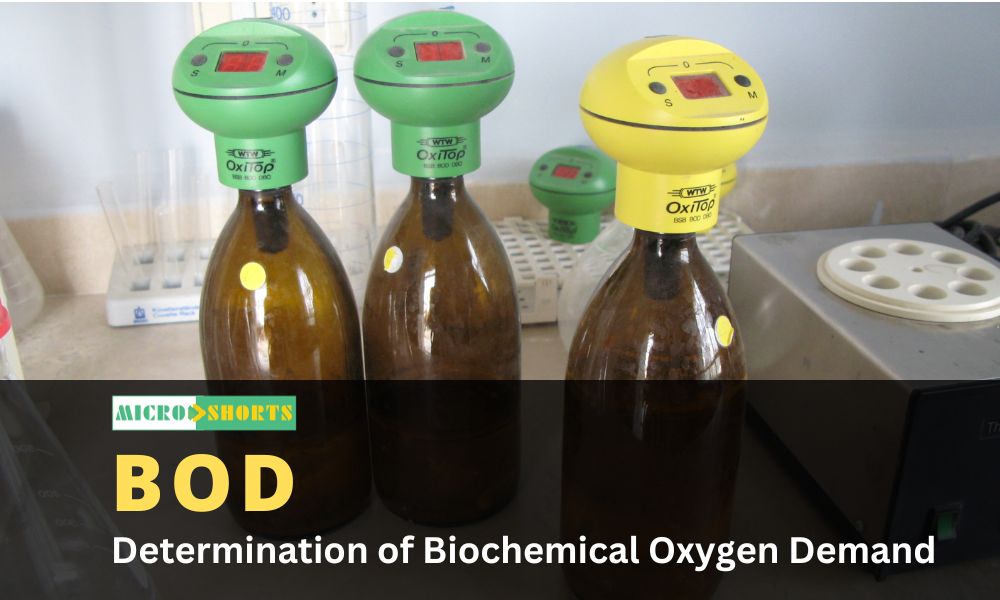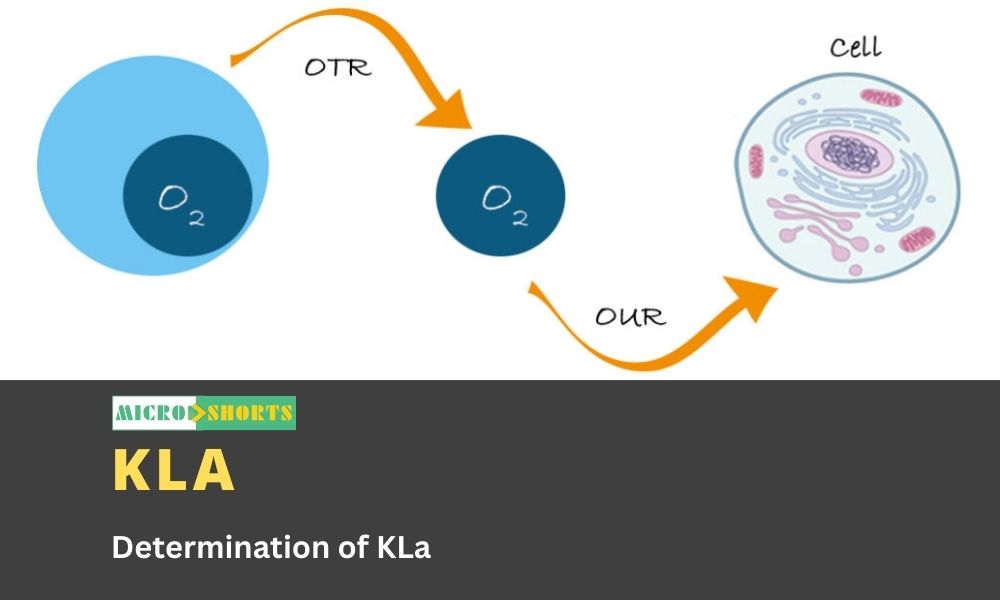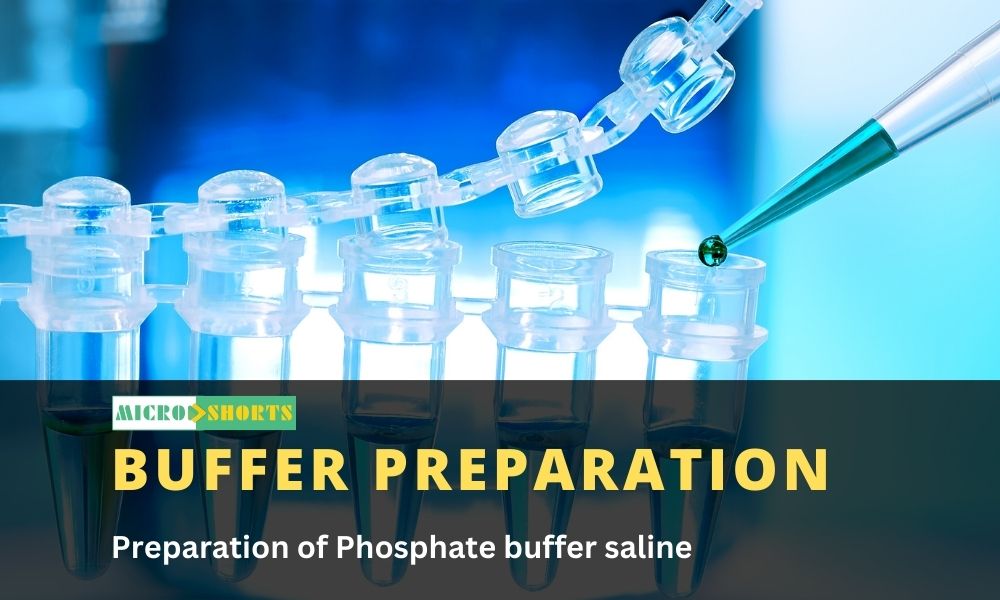Psychrophile Definition and Characteristics
- Psychrophiles, literally meaning cold-loving, are organisms adapted to growth at low temperatures, having an optimum growth temperature of greater than 15°C and a maximum growth temperature of greater than 20°C.
- Psychrophilic microorganisms have successfully colonized all permanently cold environments from the deep sea to mountain and polar regions.
- With more than 80% of Earth’s biosphere is permanently below 5°C, suitable environments for psychrophiles are widespread and include, among others, ocean waters, permafrost, glaciers, Antarctic rocks, snowfields, and polar ice caps.
- Some of these organisms, depending on their optimal growth temperature, are also known by the terms psychrotolerant or psychrotroph.
- Psychrophiles have successfully overcome two main challenges that arise during growth at low temperature: first, low temperature, because any decrease in temperature exponentially affects the rate of biochemical reactions; and second, the viscosity of aqueous environments.
- Prokaryotic psychrophiles vary in their requirement and indeed tolerance to oxygen and include (strictly) aerobic, (strictly) anaerobic, and facultative species.
- In addition to extremes of cold, many psychrophiles tolerate or in some cases require other extreme environmental conditions for growth and survival.
- Deep-sea psychrophiles, for example, may require high pressures for growth, thus making them barophilic psychrophiles.
Psychrophile Mode of adaptation
Proteins
- Psychrophiles produce proteins and enzymes that function optimally at cold temperatures.
- It has been observed that on average cold-active enzymes have a greater amount of α-helix and a lesser amount of β-sheet secondary structure.
- Because these β-sheets tend to form a more rigid structure, the α-helix content of cold-active enzymes allows the proteins greater flexibility in cold temperatures.
- Psychrophiles also produce antifreeze proteins that have the ability to bind to ice crystals through a large complementary surface and thereby create thermal hysteresis and lower the temperature at which an organism can grow.
- Another mechanism used to increase protein flexibility is by reducing the production of arginine and proline content that form multiple hydrogen bonds and salt bridges and reduce conformational flexibility.
Membrane
- The cytoplasmic membrane of psychrophiles contains a higher amount of unsaturated fatty acids which help to maintain a semi-fluid state of the membrane.
- Further adaptations that have been suggested to increase membrane fluidity include an increased content of large lipid head groups, proteins, and non-polar carotenoid pigments.
- The lipids of some psychrophiles also contain polyunsaturated fatty acids and long-chain hydrocarbons with multiple double bonds, which increase the fluidity of lipid membranes.
Genome structure
- The genomic structure of psychrophiles contains distinctly high G+C genomic regions, which mainly code for informational proteins like tRNAs, elongation factors, and RNA polymerases.
- Besides, a high level of redundancy occurs in the genomes of psychrophilic microorganisms, which encode multiple copies of tRNA species for the biosynthesis of all amino acids, as well as an increased variety and number of chaperones.
Psychrophile Examples
- Some common examples of psychrophiles include Psychrobacter members of Halomonas species, psychrophilic species of Pseudomonas and Alteromonas sps, Hyphomonas spp, Sphingomonas spp, Chryseobacterium greenlandensis, Desulfotalea psychrophila, Psychrobacter arcticus, etc.
Thermophile Definition and Characteristics
- Thermophiles (literally heat lovers) are organisms that grow at temperatures above those (25–40°C) that sustain most life forms. Typically, a thermophile shows maximum growth rates at temperatures above 45°C.
- There are many examples of the environment with extreme temperatures. Environments with high temperatures include both terrestrial and submarine environments.
- Different habitats throughout the world are suitable for the growth of thermophiles. These can range from surface soil to compost piles.
- Thermophiles are generally found in areas like thermal vents, hot springs, and boiling steam vents.
- Thermophiles are further divided into different groups; facultative thermophiles and obligate thermophiles.
- Facultative thermophiles can thrive at both high and moderate temperatures whereas obligate thermophiles require high temperature for growth.
- Like in the case of psychrophiles, thermophiles also have different physiological and molecular adaptations that enable the organisms to survive at temperatures that would normally denature proteins, cell membranes, and genetic material.
Thermophile Mode of adaptation
Proteins
- The enzymes and other proteins in these organisms are much more stable to heat than those in mesophiles.
- It is seen that a critical amino acid substitution on one or a few locations in the enzymes allows them to fold in such a way that it is consistent with heat stability.
- Besides, certain solutes such as diinositol phosphate and monosylglycerate are produced in significant quantities that help to stabilize the proteins against thermal degradation.
Cell membrane
- In addition to enzymes and other components of the cell, cytoplasmic membranes of thermophiles need to be stable.
- Thermophiles typically have lipid-rich in saturated fatty acids, thus allowing the membrane to remain stable and functional at high temperatures.
- Saturated fatty acids form a stronger hydrophobic environment than unsaturated fatty acids, which also increases membrane stability.
Nucleic acid
- Thermophiles contain special DNA binding proteins that arrange the DNA into globular particles that are more resistant to melting.
- Also, another factor that is common in all thermophiles is the presence of a unique DNA gyrase enzyme that acts to introduce positive supercoils in DNA, providing considerable heat stability.
Thermophile Examples
- Some of the common examples of thermophiles include Methanosarcina thermophila, Methanobacterium wolfei, Methanobacterium thermoautotrophicum, Archaeglobus profundus, Alicyclobacillus acidoterrestris, A. acidocaidarius, etc.
Hyperthermophile Definition and Characteristics
- Hyperthermophiles are organisms that can survive and grow at extremely high temperatures (above 80°C).
- Hypothermophiles are a type of thermophiles that can endure even higher temperatures than other thermophiles.
- The optimum temperature of growth for hyperthermophiles is 80°C, but they can survive at temperatures higher than 100°C.
- Most hyperthermophiles are capable of withstanding other extreme conditions like higher pH and higher pressure.
- Most hyperthermophilic organisms are found in hot springs and boiling steam vents where even moderate thermophiles cannot survive or thrive.
- Hyperthemophiles mostly belong to the archea group with very few species being bacterial species.
Hyperthermophile Mode of adaptation
Proteins
- Hyperthermophilic archaea used structure-based physical mechanisms to increase the thermostability of its proteins in the process of its thermophilic adaptation.
- The stability of proteins and enzymes in hyperthermophiles is improved as a result of an increased number of salt bridges (cations that bridge charges between amino acid residue) in the structure.
- Besides, an increase in the number of ionic bonds between the positive and negative charges of various amino acids also stabilizes proteins.
- The increased ionic bonds create a densely packed highly hydrophobic interior of the proteins, which resists the unfolding of proteins under high temperatures.
- Some hyperthermostable proteins even employ an alternative, sequence-based mechanism of their thermal stabilization.
Membranes
- Most hyperthermophilic archaea do not possess any fatty acids in their membranes; instead, they have lipids with branches hydrocarbon chains.
- These chains are composed of repeating units of a five-carbon compound, isoprene, bound to each other by ether linkages.
- The ether linkages are more stable linkages, which in turn, stabilizes the membranes against thermal breakage, and the branching reduces the membrane fluidity.
- The overall structure of membranes forms a lipid monolayer which is much more heat resistant than the lipid bilayer of mesophilic organisms.
Gene transfer
- DNA transfer is a vital part o several hyperthermophilic organisms in order to survive extremely high temperatures.
- Horizontal gene transfer takes place between species in the presence of high heat or UV radiation.
- Other processes like homologous recombination take place in some hyperthermophilic archaea in order to repair damaged DNA.
Hyperthermophile Examples
- Some of the common examples of hyperthermophilic organisms are Thermoproteus uzoniensis, Staphylothermus marinus, Pyrodictium abyssi, Pyrococcus furiosus, Hypothermus butylicus, Pryococcus woesei, Pyrodictium brockii, Pyrodictium occultum, etc.









Comments